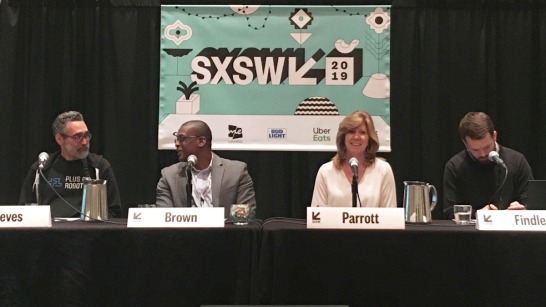Automation for the most demanding requirements
There were many factors the project team had to consider during the concept phase, including route logic, varying weights and non-standard package sizes. “Working with DPD to bridge the gap between intralogistics and the last mile was an exciting proposition for us,” says Dr. Daniel Jarr, PackMyRide project manager at Dematic.
After five months, the initial vision evolved into a specific design. First, the subsystem picks up the packages via a conveyor belt from the existing intralogistics system. A scanning unit then verifies the weight and barcode data. Finally, the system sorts the packages into the required order and transfers them to mobile racks. Automated guided vehicle systems then transport the racks to the delivery vehicle fully automatically. Modules have been developed for the individual processes, countless lines of code have been written and a prototype for the first step into the real world has been built.
From theory to test phase
The Dematic team installed the first pilot system at the DPD distribution center in Nagold. During the test phase, Dematic PackMyRide was put through its paces under real-world conditions. The subsystem handled the bulk of DPD’s package range without a hitch but it is also prepared for the unexpected. “If there’s a problem with a package, the system passes it on to the manual processing area,” Dr. Jarr explains. The goal is to handle up to 80 percent of all packages via the fully automated loading system.
“Our innovative solution not only reduces the physical demands on the drivers, but it also provides a considerable time savings that will benefit the company further down the value chain.” The system is also capable of sorting and loading the packages for multiple delivery routes. This results in time savings for all delivery routes and significantly increases DPD’s efficiency.
World premiere at the 2019 LogiMAT
Dematic first presented the concept to the public at the tradeshow in Stuttgart calling it “Dematic PackMyRide.” The main focus was on the concept’s huge potential. The system’s modular nature offers maximum flexibility and comprehensive compatibility with existing automation systems and other Dematic products.
“PackMyRide is not only suitable for package delivery companies, but it can also be used in other areas of industry where manual loading takes place. Our automation solution leads the way when it comes to optimizations that increase productivity in the last mile across a wide range of industry sectors,” Dr. Jarr adds. Bridging the final manual gap at DPD is potentially the first step toward other innovative approaches and exciting collaborations.


/mpm_egemin_keyvisual_image_546x307.jpg)